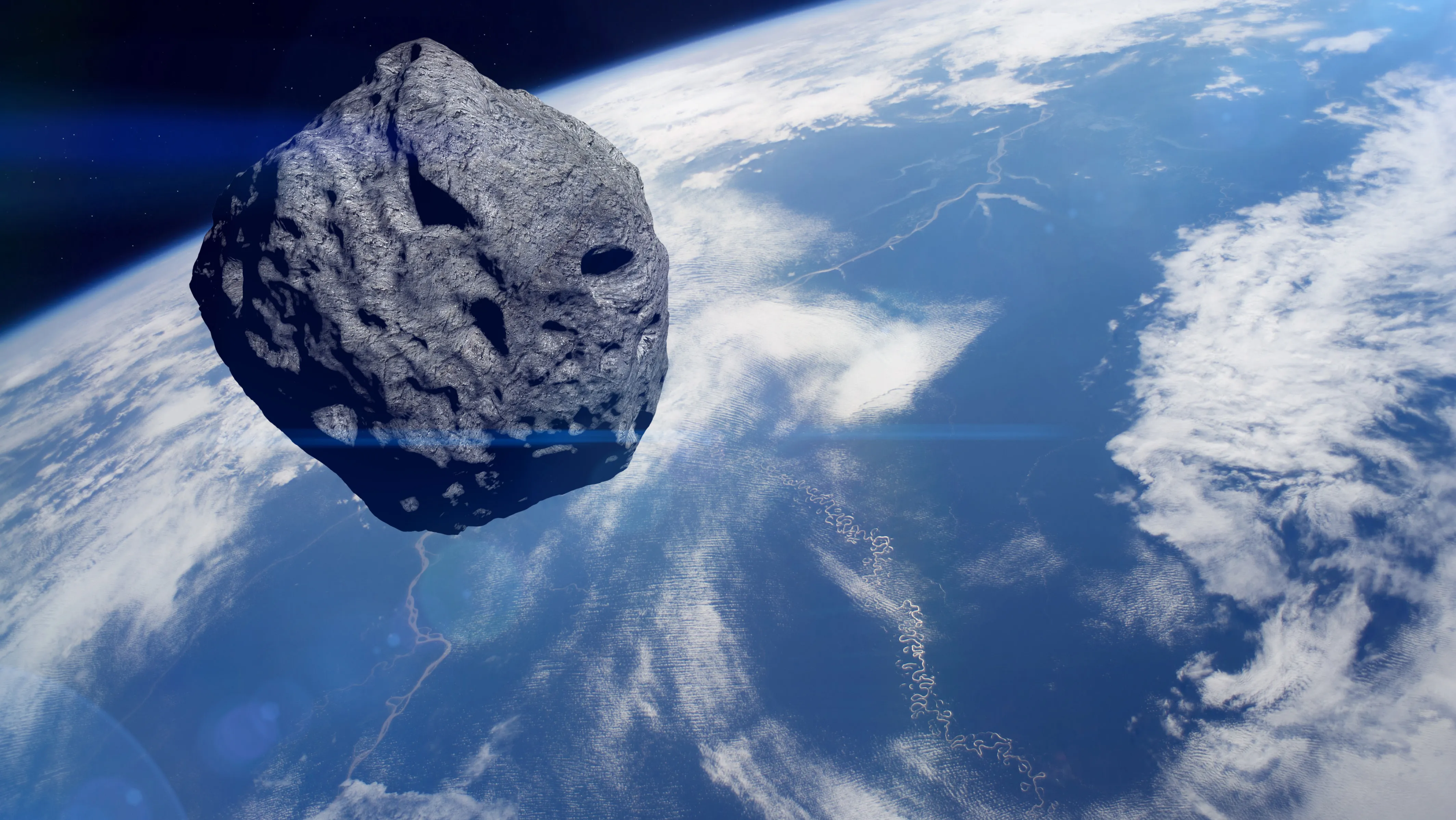This year, Earth is set to briefly host a second moon when a small asteroid enters its orbit for approximately two months. The asteroid, identified as 2024 PT5, was discovered in August and will follow a horseshoe-shaped path around the planet from September 29 to November 25. Researchers from the NASA-funded Asteroid Terrestrial-impact Last Alert System (ATLAS) spotted the asteroid using equipment in Sutherland, South Africa.

How Long Will 2024 PT5 Be Visible?
Scientists at the Universidad Complutense de Madrid have been tracking the asteroid for 21 days to confirm its trajectory. According to their research, published in the Research Notes of the AAS, the asteroid originates from the Arjuna asteroid belt, which orbits the Sun. Due to Earth's gravitational pull, 2024 PT5 will temporarily remain in orbit for 56.6 days, much like the Moon. While other near-Earth objects (NEOs) have briefly entered Earth's orbit, most don’t complete a full revolution. Those that do are often referred to as mini-moons.

What Makes 2024 PT5 Unique?
Larger than some previous mini-moons, 2024 PT5 is expected to return to Earth's orbit in 2055. Initially, Earth's gravity will capture the asteroid, causing it to orbit in a horseshoe pattern. Eventually, the asteroid will regain enough energy to escape Earth's pull and return to orbiting the Sun. Even after leaving Earth's orbit, it will remain in close proximity until January 9, 2025, before departing for the next 30 years.
Carlos de la Fuente Marcos, lead author of the study, noted that 2024 PT5 will be too small to be seen with amateur telescopes or binoculars. However, professional astronomers with advanced equipment will be able to observe this temporary mini-moon.
NASA defines a Near-Earth Object (NEO) as a celestial body, such as an asteroid, drawn into Earth's vicinity due to the gravitational pull of nearby planets. NASA’s NEO tracking program monitors about 28,000 such objects, maintaining detailed data on their orbits and close approaches. Paul Chodas, Director of NASA’s Center for Near Earth Object Studies, speculates that 2024 PT5 could be a fragment of lunar ejecta, possibly originating from an impact on the Moon.
Further research classifies mini-moons into two types: Temporary Captured Orbiters, which stay in Earth’s orbit for extended periods, and Temporary Captured Flybys, like 2024 PT5, which remain for a short time without completing a full orbit.
With inputs from agencies
Image Source: Multiple agencies
© Copyright 2024. All Rights Reserved Powered by Vygr Media.
























